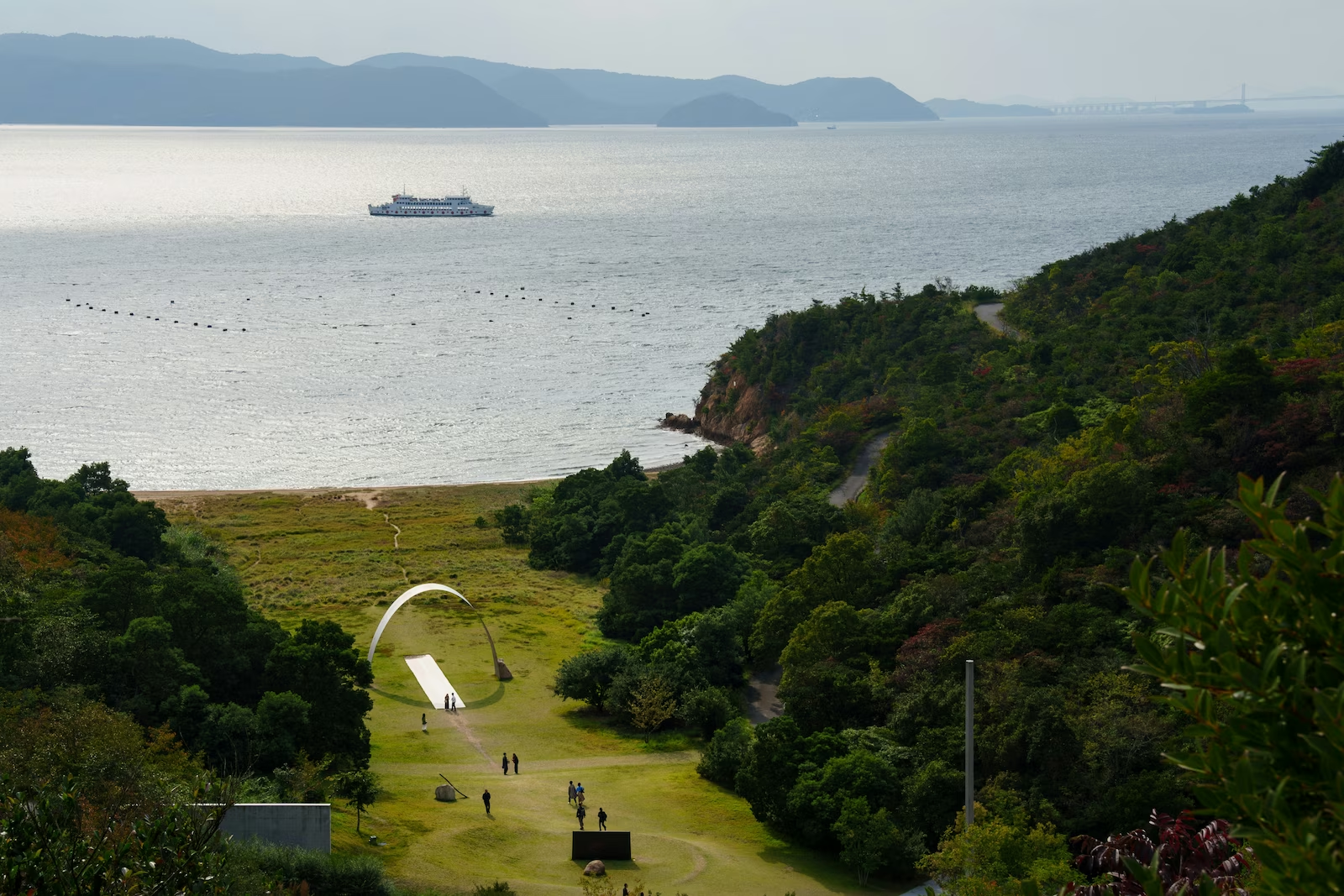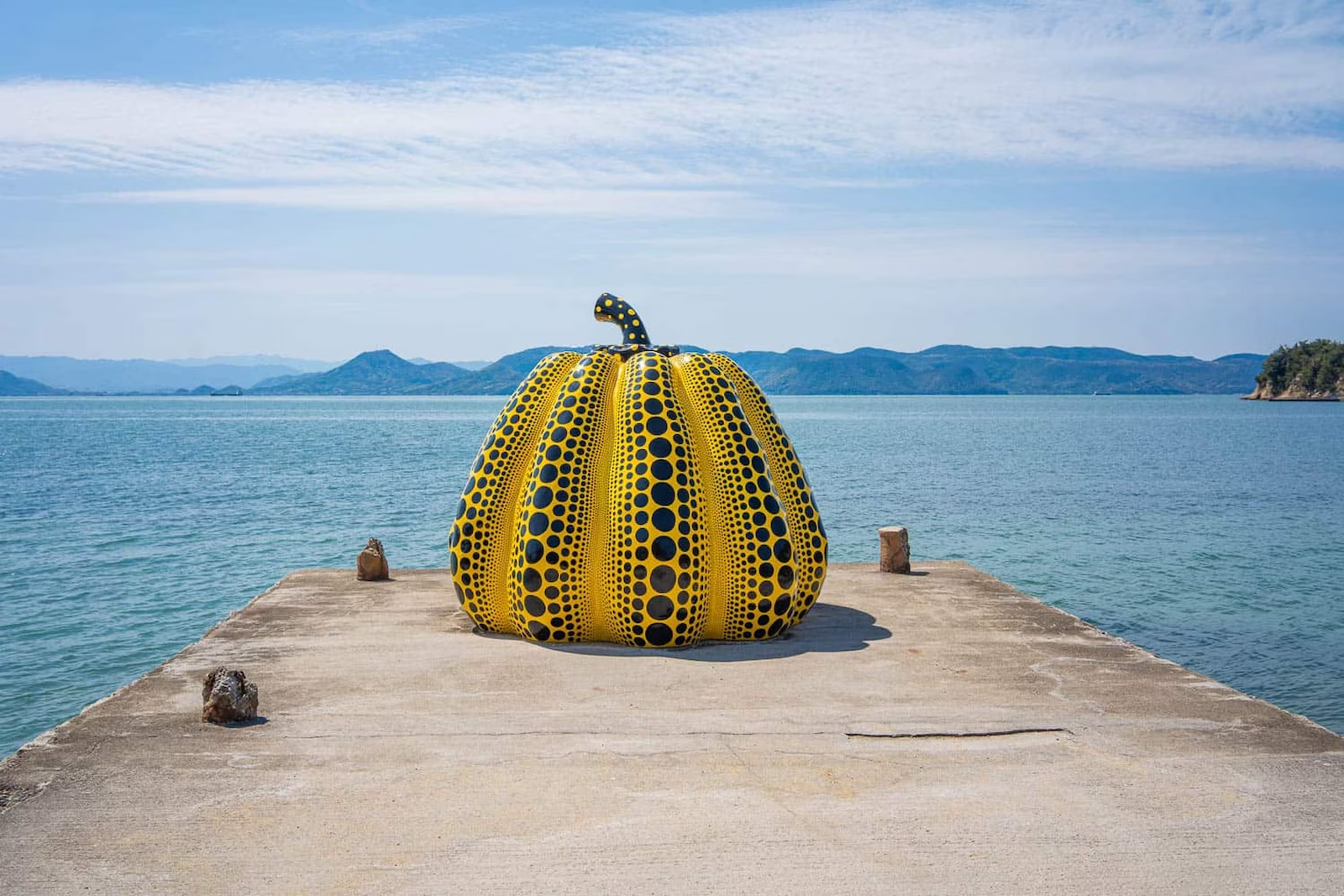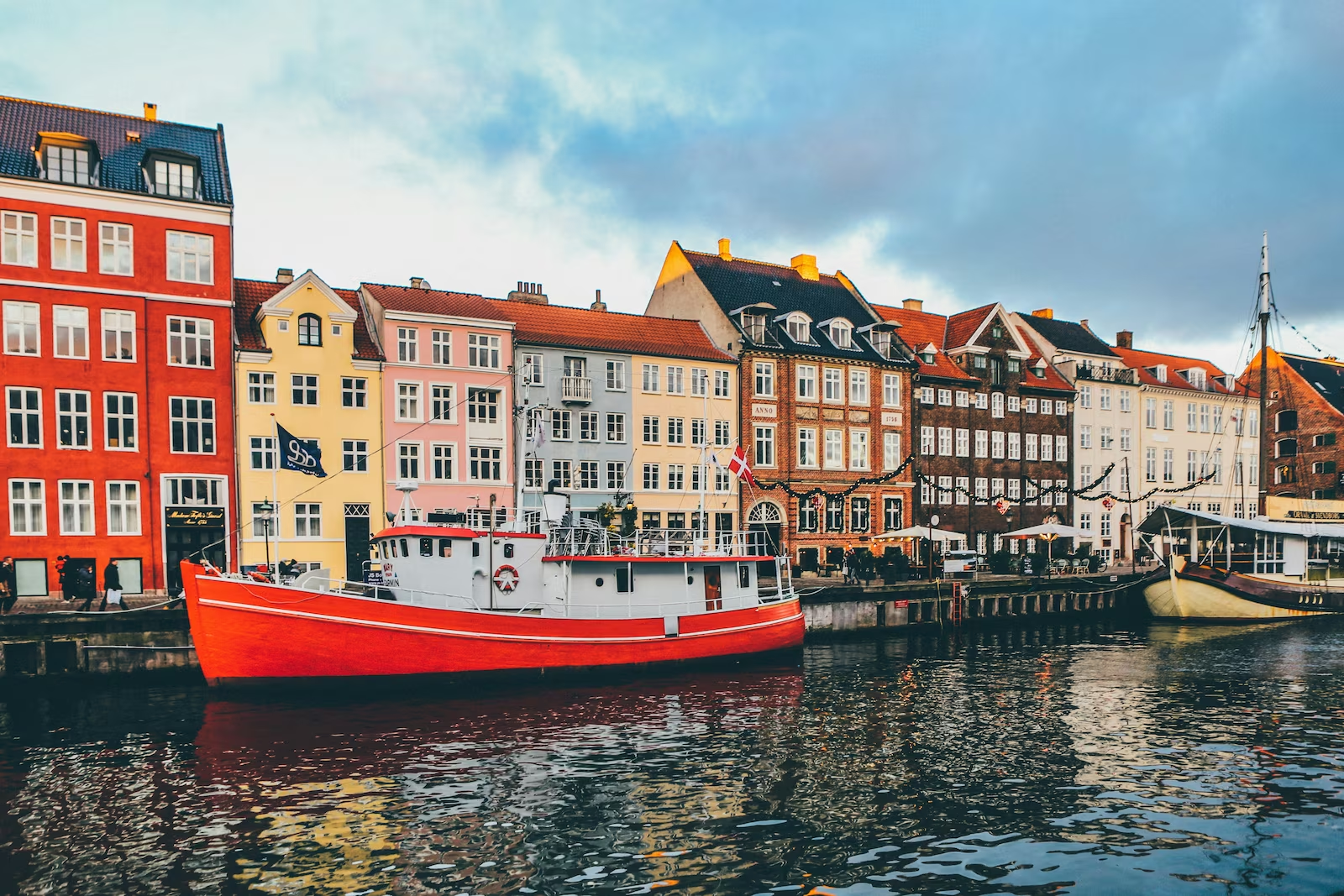Nestled in the Seto Inland Sea, Japan's Art Islands are a visionary project where modern art and architecture are used to revitalize small, struggling communities. Centered on the islands of Naoshima, Teshima, and Inujima, this Benesse-led initiative seamlessly blends structures into the landscape, making the entire setting part of the artistic experience. This guide will explore the must-see installations on each island, from underground museums to repurposed industrial sites, and provide essential tips for planning your visit to this unique cultural destination.

Naoshima
Naoshima is the most established and recognizable of the art islands, hosting several major institutions and outdoor installations.
Chichu Art Museum and Benesse House
The Chichu Art Museum, designed by Tadao Ando, is built almost entirely underground to minimize its impact on the landscape. It exhibits permanent, site-specific installations by Claude Monet, James Turrell, and Walter De Maria. Nearby, the Benesse House Museum, also designed by Ando, functions as both a museum and a hotel, featuring a collection of contemporary art that extends outdoors along the coast.
Lee Ufan Museum Naoshima Japan
The Lee Ufan Museum is a key institution on the island and a collaboration between architect Tadao Ando and the Korean artist Lee Ufan. The structure is semi-underground, focusing on the simple confrontation of natural and industrial materials like stone, iron, and concrete. The architecture itself provides a sparse, quiet environment that encourages a meditative engagement with Ufan's minimalist themes of existence and absence.

The Art House Project
In the Honmura residential district of Naoshima, the Art House Project transforms historic, traditional Japanese wooden houses into contemporary art installations. Artists renovate the structures, weaving contemporary works into the historical fabric of the community. This project integrates modern art directly into daily island life, reinforcing the connection between culture and community preservation.
Teshima
Teshima offers highly immersive art experiences that focus on elemental themes, often incorporating water and air.
Teshima Art Museum Japan
The Teshima Art Museum is an essential destination to visit. Located on a hillside surrounded by restored rice terraces, the museum is an immense, shell-shaped concrete structure with no internal pillars, resembling a large water droplet. The architectural shell features two large oval openings in the roof that allow wind, light, sounds, and the elements to enter the space.
Inujima
The third core island, Inujima, focuses on industrial heritage and sustainability, while the Setouchi Triennale expands the project’s scope.
The Inujima Seirensho Art Museum repurposes the ruins of a former copper refinery, utilizing the existing industrial structures and materials. The site is a statement on environmental sustainability, as it incorporates geothermal and solar energy and exhibits works that reflect on industrialization and nature.

The Setouchi Triennale Art Festival
Every three years, the Setouchi Triennale Art Festival expands the scope of Japan's art islands to include several other smaller islands, featuring temporary installations and exhibitions. The Triennale is a major event that further emphasizes the project’s goals of regional revitalization.
Spending more timein Japan? Check out our articles on how to see cherry blossoms or the ultimate guide to visiting Hokkaido Island!
Planning Your Visit
A little planning goes a long way in making it a smooth and magical experience. Here’s how to make it happen.
Getting to the Islands
Your journey begins with a scenic ferry ride from either Uno Port or Takamatsu Port. Since ferry times can be few and far between, especially outside peak season, be sure to check the schedule in advance so you don’t get stuck.
Island Transportation
On Naoshima, you can hop on a local bus or rent a bicycle to explore at your own pace. For Teshima and Inujima, we highly recommend an electric bicycle!
Essential Advance Bookings
Many of the most incredible art sites have limited space. To avoid disappointment, secure your tickets online for spots like the Chichu and Teshima Art Museums weeks before you go. Trust us, this is the key to a stress-free visit.
Respectful Conduct
Remember, you're walking through someone's hometown. Please speak softly, be mindful of your surroundings, and help preserve the peaceful atmosphere. The magic of these islands lies in the harmony between the art and the community that calls it home.

A journey to Japan's Art Islands is more than a vacation; it's a lesson in how creativity can breathe new life into a place. By planning your ferry trips and booking tickets ahead of time, you ensure your visit is smooth, leaving you free to be fully present. You'll discover that the true magic lies not just in the stunning art, but in the quiet harmony between the installations, the natural world, and the communities that welcome you.
Starting from Skratch? Here are some links to help you get started:
- Naoshima: Japan’s Art Island | Boutique Japan
- The Surreal Japan Art Island | This Life of Travel
- The Japanese Islands Saved by Art | BBC






.avif)



.avif)






